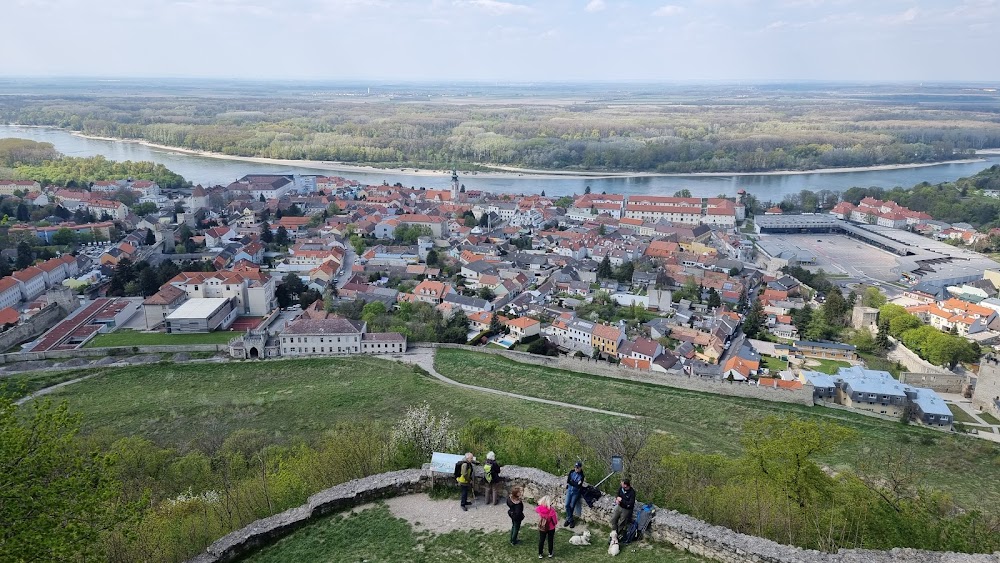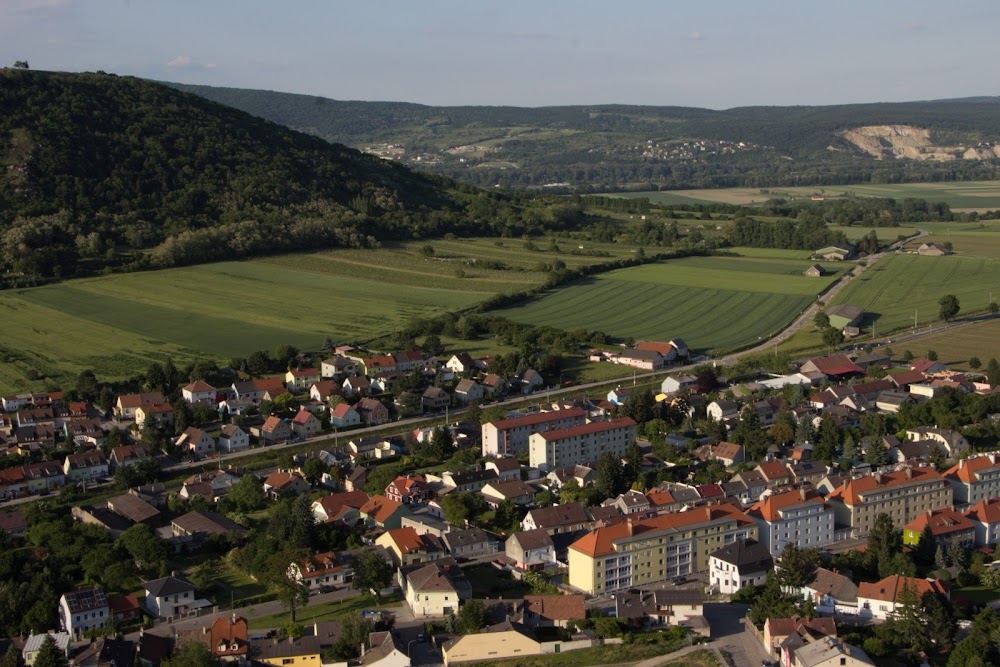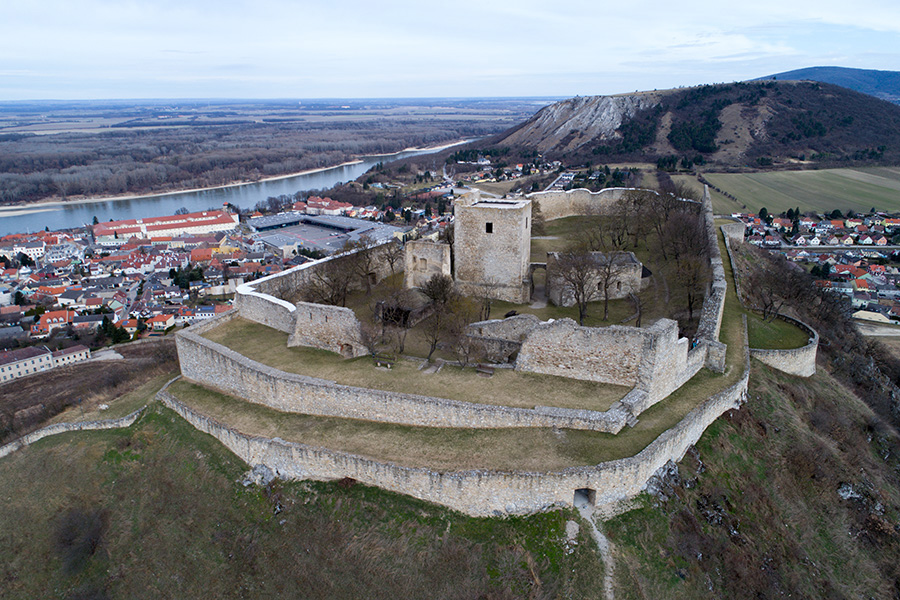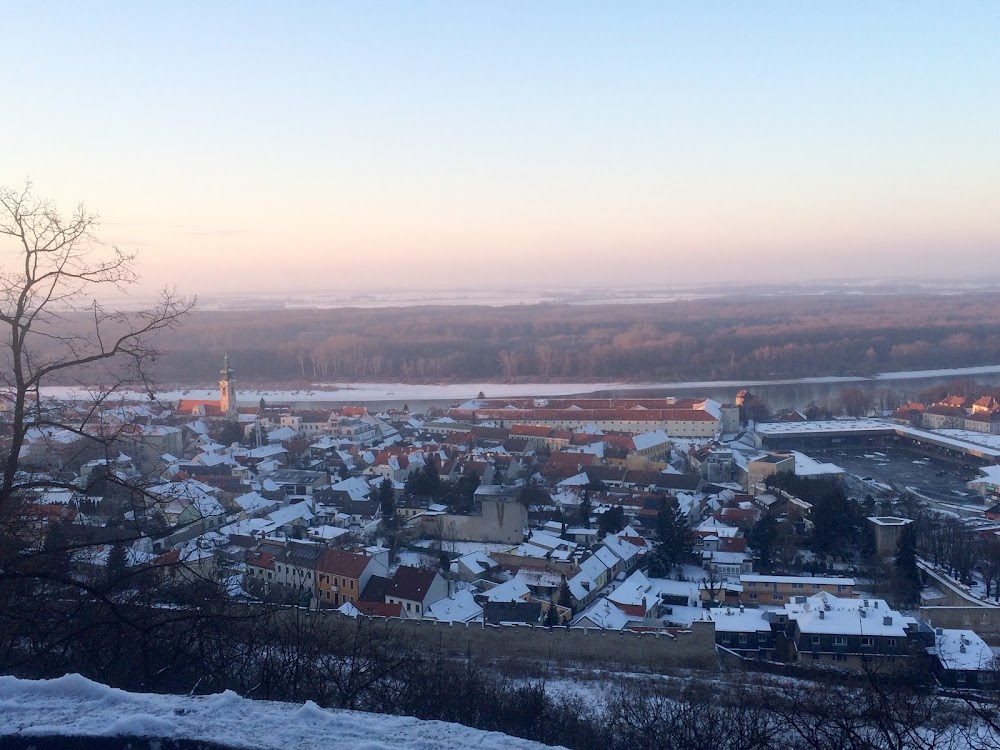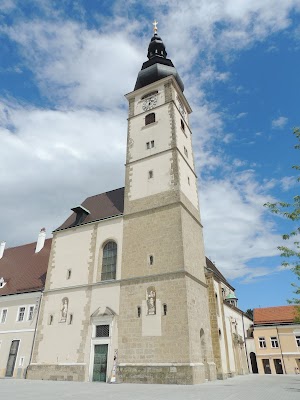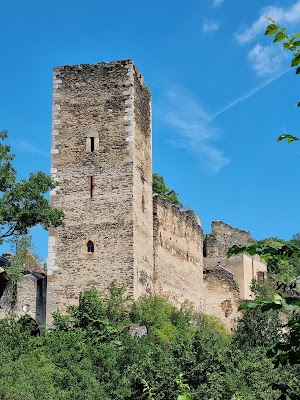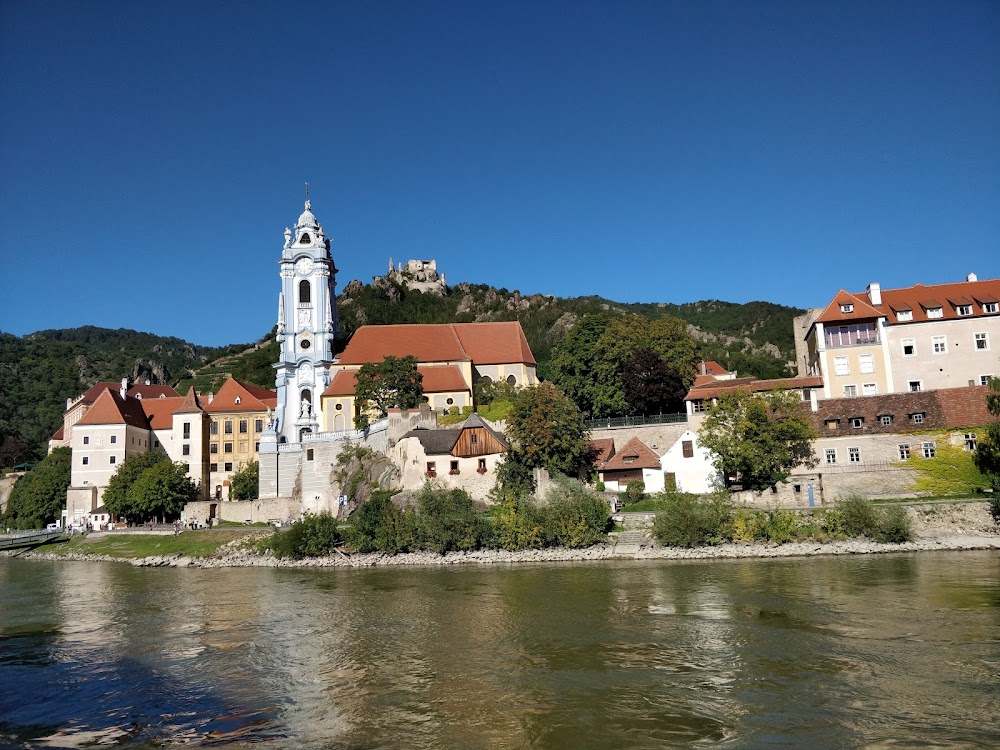Hainburg an der Donau (Hainburg an der Donau)
Overview
Hainburg an der Donau is a picturesque town nestled along the banks of the Danube River in Lower Austria. This charming destination, rich in history and culture, boasts roots that trace back to ancient times, making it a captivating place for visitors interested in exploring Austria's past.
The town's story begins in the 2nd century A.D. when it was established as a Roman military camp known as Carnuntum. Due to its strategic location along the Danube, Hainburg flourished as a vital trading post and settlement. Today, remnants of Roman architecture still grace the town, serving as a reminder of its early significance in history.
In the Middle Ages, Hainburg grew in prominence due to its advantageous position. The construction of Hainburg Castle in the 11th century marked a pivotal moment in its history. Perched on a hill overlooking the town, the castle functioned as both a defensive fortress and a noble residence. Its robust walls and towers, built from local stone, stand as a testament to medieval engineering and architectural prowess.
During the 13th century, Hainburg evolved into a fortified town, boasting imposing walls, gates, and towers. Much of this fortification remains intact today, allowing visitors to walk along the stout walls and pass through medieval gates, such as the Wienertor (Vienna Gate), which is one of the largest medieval town gates in Europe.
A significant historical event in Hainburg's story is the Mongol siege of 1241, during which the town's fortifications played a crucial role in protecting its inhabitants from invading forces. The successful defense showcased Hainburg's resilience and fortified its reputation throughout the region.
The Renaissance and Baroque periods ushered in architectural advancements, with nobles commissioning impressive townhouses and public buildings that added to the town's allure. Among these is the Parish Church of St. Philip and St. James, a stunning blend of Romanesque and Baroque styles that reflects Hainburg's architectural evolution.
Hainburg an der Donau is also home to a rich Jewish history. The Jewish community first settled in the town during the Middle Ages, significantly influencing its cultural and economic landscape. The old synagogue, recently restored, stands as a poignant reminder of this once-thriving community and its contributions.
As Hainburg moved through the 19th and 20th centuries, it transitioned into a modern town while preserving its historical essence. The arrival of the railroad in the 19th century improved connectivity and spurred economic growth. Today, Hainburg beautifully blends its deep historical roots with contemporary living, attracting tourists and history enthusiasts alike.
Visitors to Hainburg often explore the adjacent Donau-Auen National Park, which surrounds the town. This national park, rich in diverse flora and fauna, showcases the town's connection to nature and enhances its scenic beauty.
The crafting of Hainburg’s current identity has been a continuous process, driven by its residents' dedication to preserving historical landmarks while embracing modernity. Community efforts, historical preservation initiatives, and tourism development have all played vital roles in maintaining and showcasing Hainburg’s heritage.
In summary, Hainburg an der Donau is a town where history comes alive through its well-preserved medieval structures, ancient walls, and the scenic backdrop of the Danube River. It stands as a testament to Austria's rich and varied past, offering visitors a glimpse into the historical events and architectural advancements that have shaped this beautiful region.


